
‘Celestial Eyes’ represents the artist Jiro Kamata’s new exploration of the relationships between humanity, the environment, and the universe — through light, color, imagery, and space. It invites the wearer to embark on a journey of discovery and exploration, opening a new chapter in contemporary jewelry art.
Goldsmiths
Jewelry from Goldsmiths is one of the oldest forms of human adornment. Owing to the inherent qualities of its materials—such as metals, minerals, and shells—and their symbolic associations, jewelry has long been regarded as a marker of social status and wealth. In many cultures, it also holds folkloric significance, believed to ward off misfortune or attract good fortune. Additionally, jewelry often functions as a medium of exchange or a store of value. These attributes have made it universally cherished.
Since the earliest days of art, many creative works have incorporated precious gemstones and metals, blending artistic expression with material worth. In ancient Greece around the 5th century BCE, artistic value began to emerge as an independent concept, particularly in painting, sculpture, and architecture. However, with the decline of Greco-Roman classical civilization and the onset of the long medieval period in the West, the idea of autonomous artistic value largely faded. Only the art of metalwork endured, its survival tied to the value of its materials and often manifesting as traditional crafts that expressed folklore or wealth.
After more than a millennium, the value of art was rediscovered during the Renaissance of the 15th century. Art flourished across mediums—wood panels, canvas, plaster, marble, and architecture—conveying profound thought and spiritual aspiration. Artistic content and innovation came to be seen as sources of insight and emotional resonance.
Even as other art forms evolved toward conceptual depth and autonomy, jewelry has largely remained anchored in its traditional craft identity. While its designs have occasionally reflected prevailing artistic movements—such as Gothic, Renaissance, Baroque, Rococo, and Neoclassicism—these expressions tended to echo developments in painting, sculpture, or architectural ornamentation. Rarely has jewelry been driven by the intrinsic properties of its materials or by the intimate nature of being worn to achieve a truly independent artistic expression.
Modern Art Jewelry
ewelry as an art form did not undergo a major transformation until around five centuries later, with the emergence of Art Nouveau, a movement led by architecture and the decorative arts. With its vibrant, flowing curves, botanical forms, and dynamic sense of rhythm, Art Nouveau introduced a striking new aesthetic to the world. At this point, jewelry began to transcend the boundaries of applied art and move toward the realm of fine art.
Soon after, pioneering artists such as Pablo Picasso (1881–1973), Alexander Calder (1898–1976), and Salvador Dalí (1904–1989) began incorporating gemstones and metalwork into their artistic practices. Their involvement not only attracted the attention of the broader art world but also reshaped the public’s perception of jewelry as something more than an object of luxury or tradition. A new domain thus emerged—Modern Art Jewelry, also known as Art Jewelry—distinct from traditional or commercial jewelry in both intention and meaning.
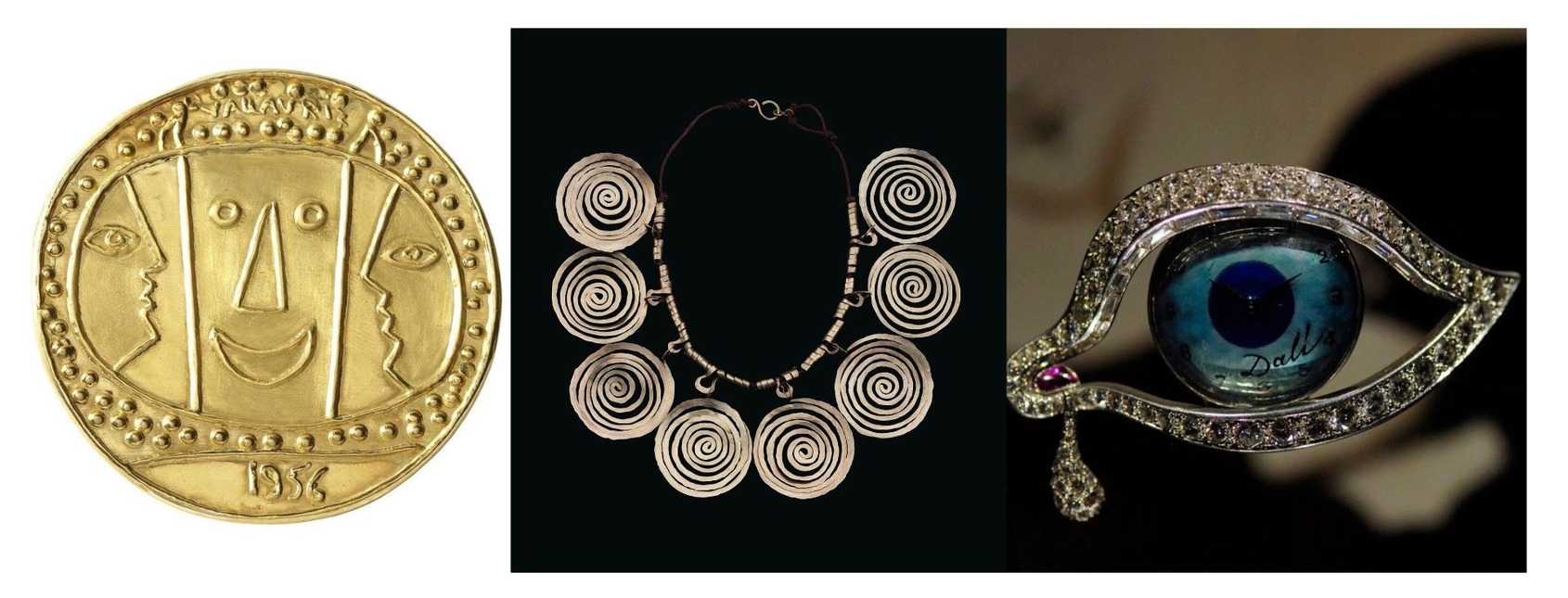
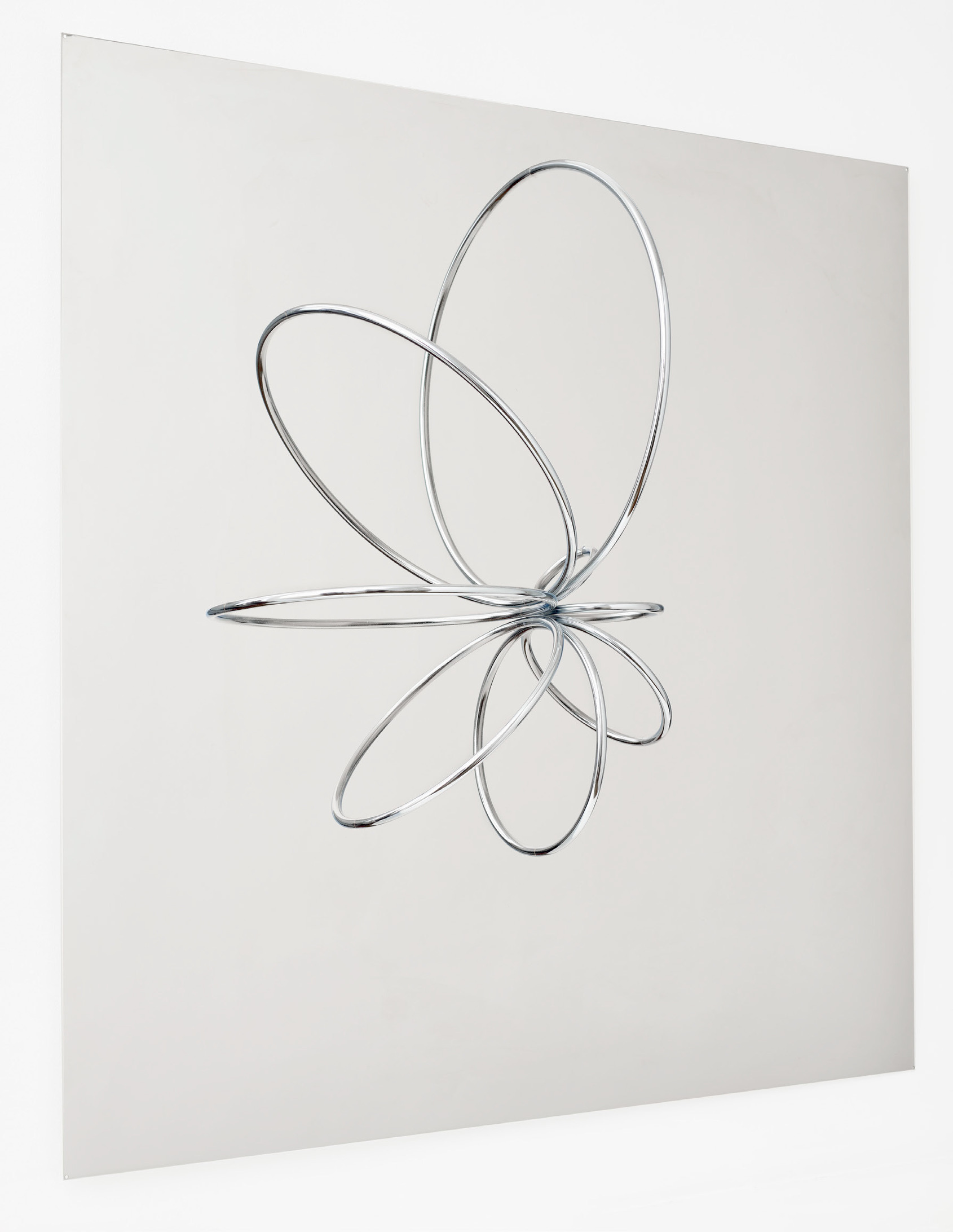
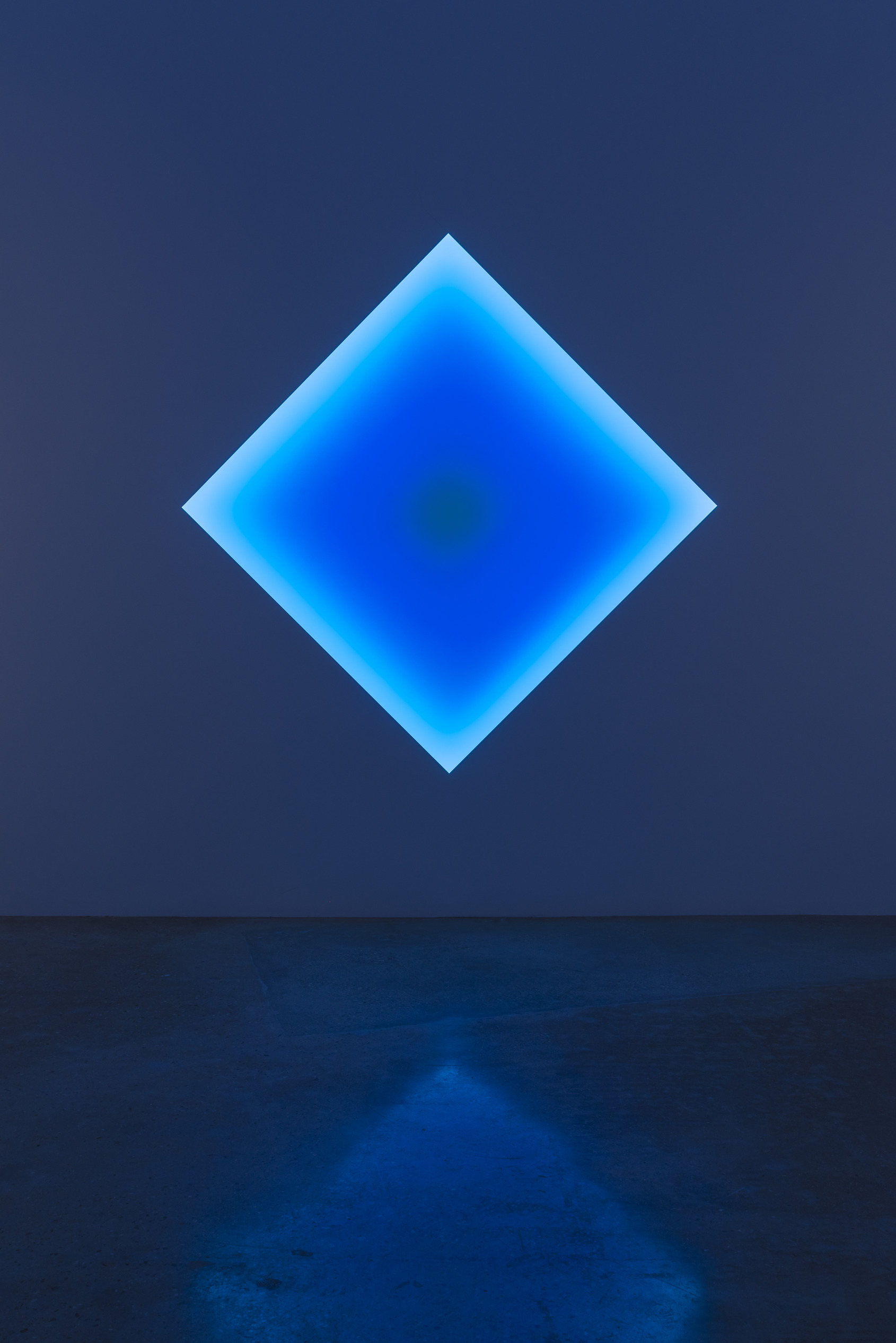
Celestial Eyes: Jiro Kamata
2025.01.10 (Fri.) – 2026.01.11(Sun.)
Organizer |ALIEN ART CENTRE
Curator|Yaman Shao
Artist|Jiro Kamata
Initiated by|ALIEN MODE
Fashion|APUJAN
Filming Artist|Hailing Wang
Photographer|Chen Yung Hua
Visual Interpretation|Liu Hsin Yu
Performance Artist | Lala Sue
Academic Host|Richard Chang
Space Development|Hayato Mitzutani
Visual Design|Elaine Tsai
Documentary|Wanying Xie
Box Designer|Julia Andratschke
Special Thanks to|Min-Ling Hsieh, Mole Hsu, Hairstylist Artist - Weic Lin, Make Up Artist - Sunny Hsu
The Eye of Time © Salvador Dalí
Salvador Dali next to his work "The Royal Heart".© Fundació Gala-Salvador Dalí
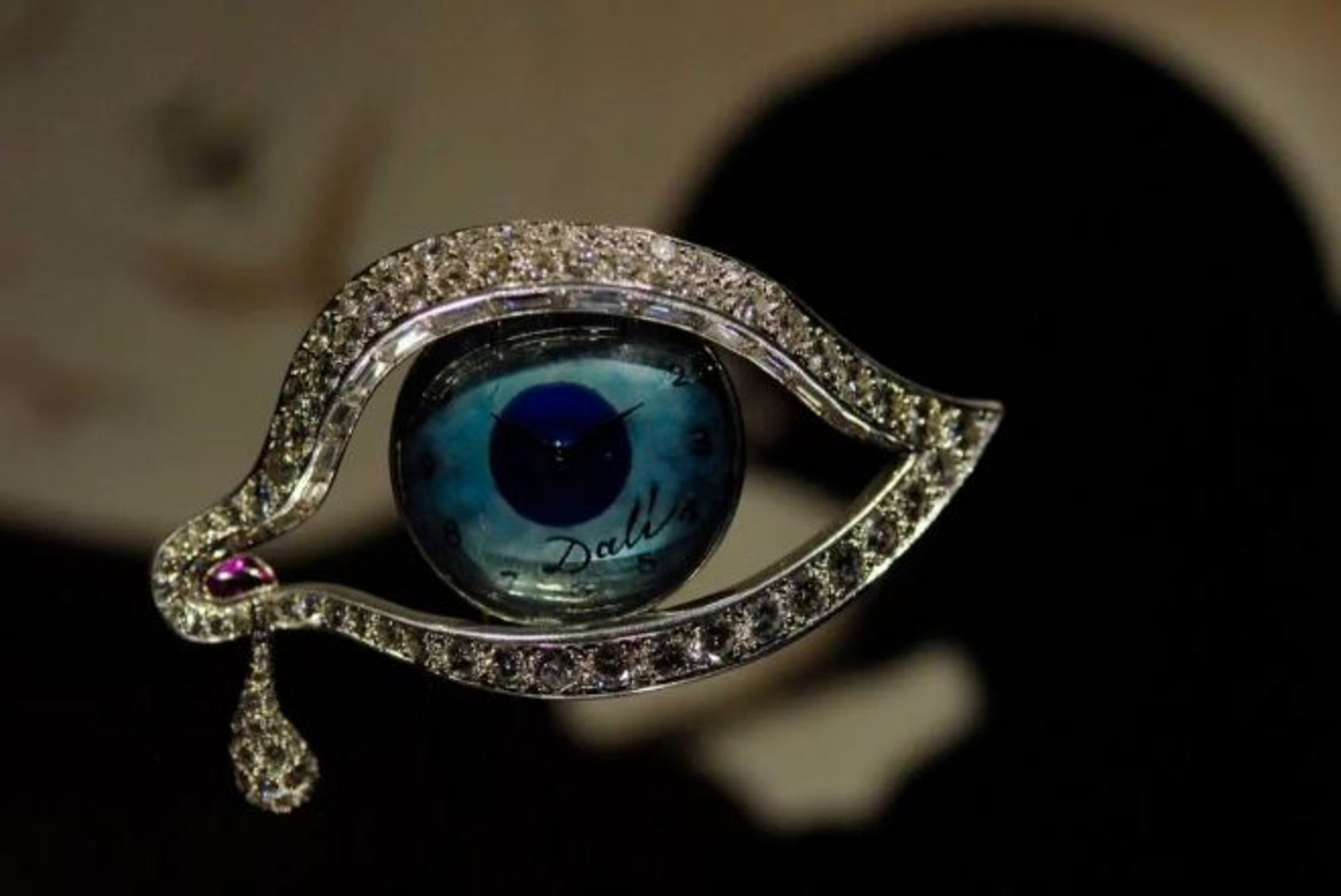
The Eye of Time © Salvador Dalí
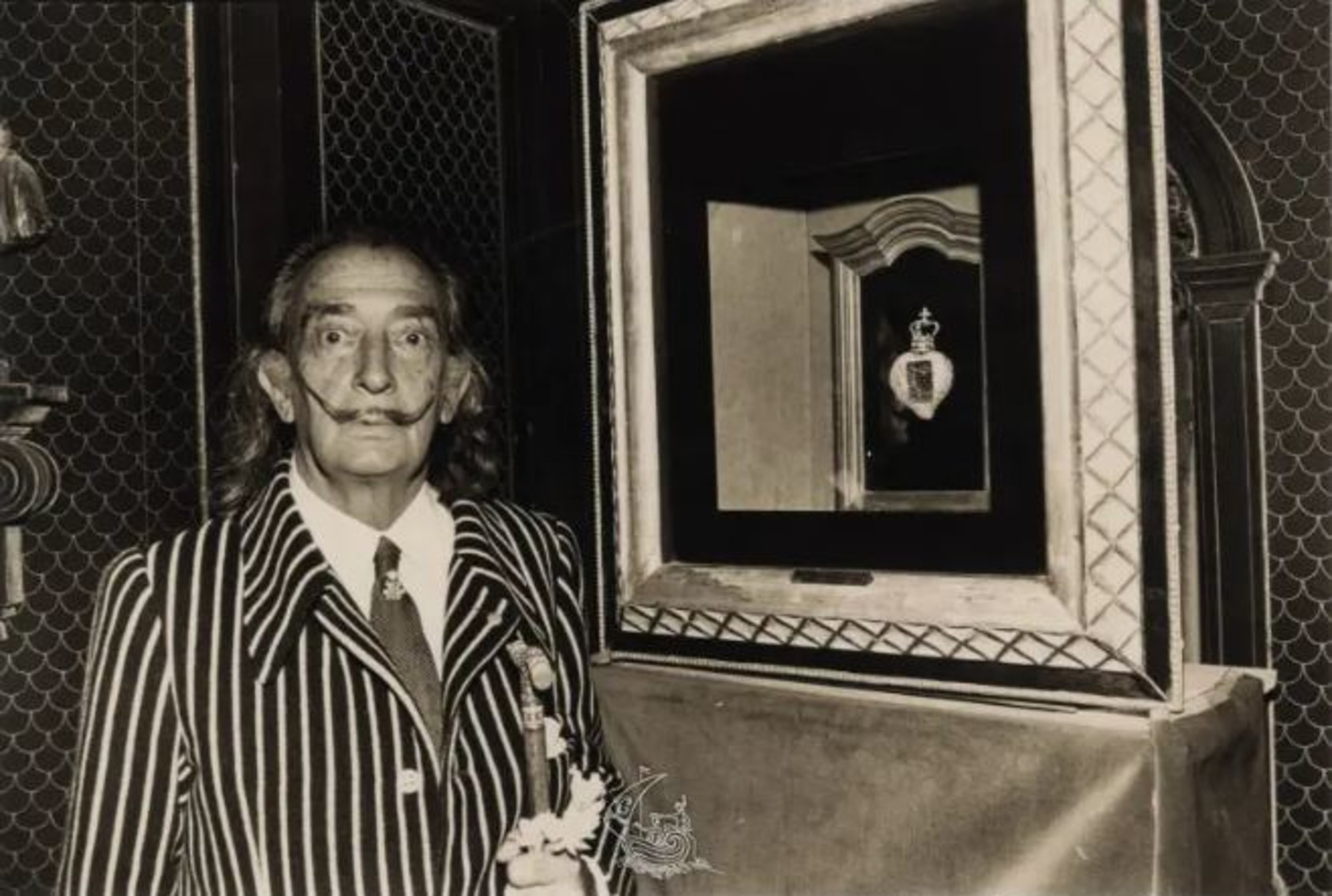
Salvador Dali next to his work "The Royal Heart".© Fundació Gala-Salvador Dalí